Summer Veggies To Share With Your Dog
by Jennifer Wheeler
The harvest is in! Like many other families, we joined a local CSA this summer to ensure a steady supply of fresh produce and to minimize our exposure to Covid-19 at the grocery store. Our boxes over the last few weeks have been filled with a variety of leafy greens, cucumbers, peppers, squash, eggplant, tomatoes, and the carrots and potatoes are just starting to come in. There are fresh and varied choices for everyone in our family, human and furry! While sharing the bounty with our dogs may seem like a luxury – especially in the middle of a pandemic – it isn’t. Our pups get the perfectly delicious and nutritious parts of foods that would otherwise be thrown out or composted like the peels, the bruised parts, the ends, the warts, and the scars. However, not everything that is good for our humans is safe and healthy for our dogs. So, what can we share with them?

Cucumbers: Yes
Cukes are a great, low-calorie snack for dogs. They are loaded with great stuff like vitamins K, C, and B1 plus potassium, biotin, magnesium, and copper. When I chop up cucumbers for a salad the dogs get the crunchy end pieces and any ugly bits that my human kids won’t eat!
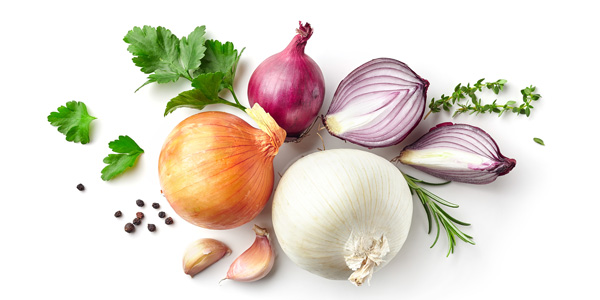
Alliums: No, never!
Do not feed your dog alliums (garlic or onions), even in small doses. Allium toxicity in dogs is not common, but it is very dangerous and can even be fatal.

Carrots: Yes
A lot of websites warn that carrots are high in sugar and therefore they should be given only sparingly as snacks, but have you ever read the ingredients label on a treat bag? Almost all treats not only have some form of added sugar, salt, fat, and all sorts of nasty processed stuff. We think carrots as treats and as part of meals are a no-brainer. They are full of beta-carotene and fiber, with the added benefit that chewing on a carrot helps clean your pup’s teeth.
We love to carry carrots as treats for our pups on hikes, and when I make a salad the dogs get the peels and ends mixed into their food.

Leafy Greens: Yes, with caution
A lot of people strongly recommend adding leafy greens as a regular component of a dog’s diet, but they should be used with caution. Like nightshades, leafy greens like kale and spinach are linked to problems if eaten in large quantities. If you are going for something green, peas, cucumbers, and green beans are a safer bet.
However, kale is considered safe in small quantities, so we occasionally chop up the chewier parts and add it to our pups’ food.
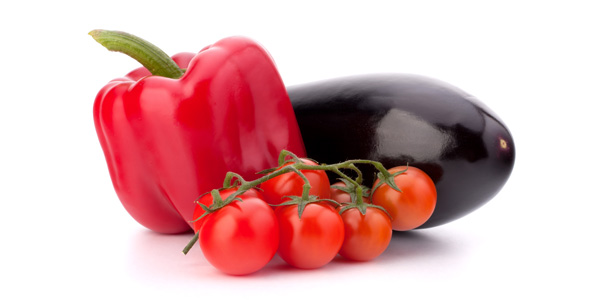
Nightshades: Yes, with caution
All the fruits and veggies in the nightshade family (regular potatoes, tomatoes, peppers, eggplants) are controversial when it comes to whether or not people should be feeding them to their dogs. The general consensus is that they are fine – even nutritious – in small doses. They can cause inflammation and gastrointestinal problems in some dogs, so try a little bit, and see if your pup can tolerate them. Never give your dog an unripe tomato or any part of the stem or leaves. This can be really dangerous.
Our pups tolerate nightshades, so if I have a bruised tomato, I will mix it up with potato peels and ground meat for their dinner.
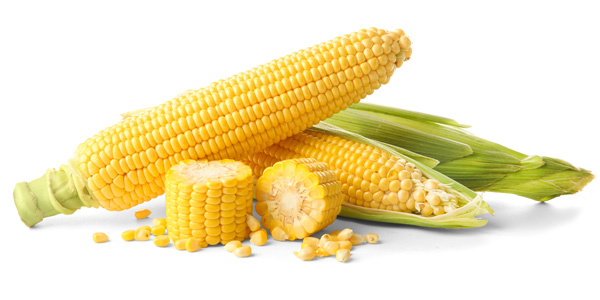
Corn: Yes, but not on the cob
If you’ve got leftover corn, go ahead and cut it off the cob for your pup, but don’t ever give her the cob to chew on. While this may seem like a fun treat, it is very dangerous. Pieces of cob can cause life-threatening stomach blockages.

Zucchini: Yes
Like cucumbers, zucchini is a great, low-calorie snack for your dog. Filled with fiber, vitamins, and minerals, if you can get her to enjoy it, give liberally. We get so much zucchini in the summer that we can rarely eat it all. The dogs love the leftover grilled slices in their dinner bowls. The meaty, smoky aroma helps them gobble it up!
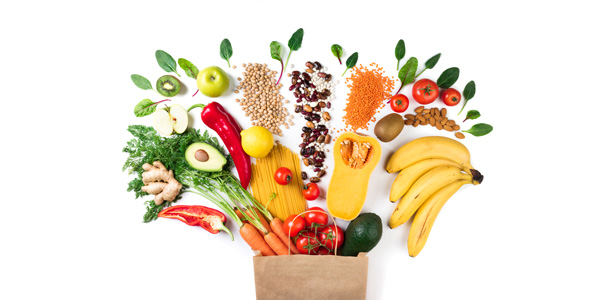
What about everything else?
We’ve covered the most common veggies that are locally harvested and found in CSA’s at this time of year, but it’s not an exhaustive list. We’ll be back in October with some tips for making the most of the autumn harvest, including how to feed your pup things like pumpkins and apples! In the meantime, if you have questions about whether it is safe to feed your dog a specific fruit, vegetable, or other food, we recommend checking the ASPCA website.
As the end-of-summer bounty continues to roll in, we will keep you posted with easy and healthy seasonal dog food recipes. And if you are experimenting with different foods and flavors in your kitchen, we’d love to hear from you! In the meantime, enjoy what is fresh and don’t forget to include your pup. I’m off to try preparing some egg and zucchini fritters. I know the pups will like them, the trouble is getting my two-legged kids to eat something green!
About the author
Jennifer is a writer and graduate of NYU School of Law. Jennifer researches and writes original, science-based articles for the NYC Doggies blog, and her writing on other topics can be found in the Huffington Post. Jennifer and Ovidiu have co-authored the upcoming book, WHOLE DOG PARENTING: EVERYTHING YOU NEED TO RAISE AND TRAIN AN URBAN PUP
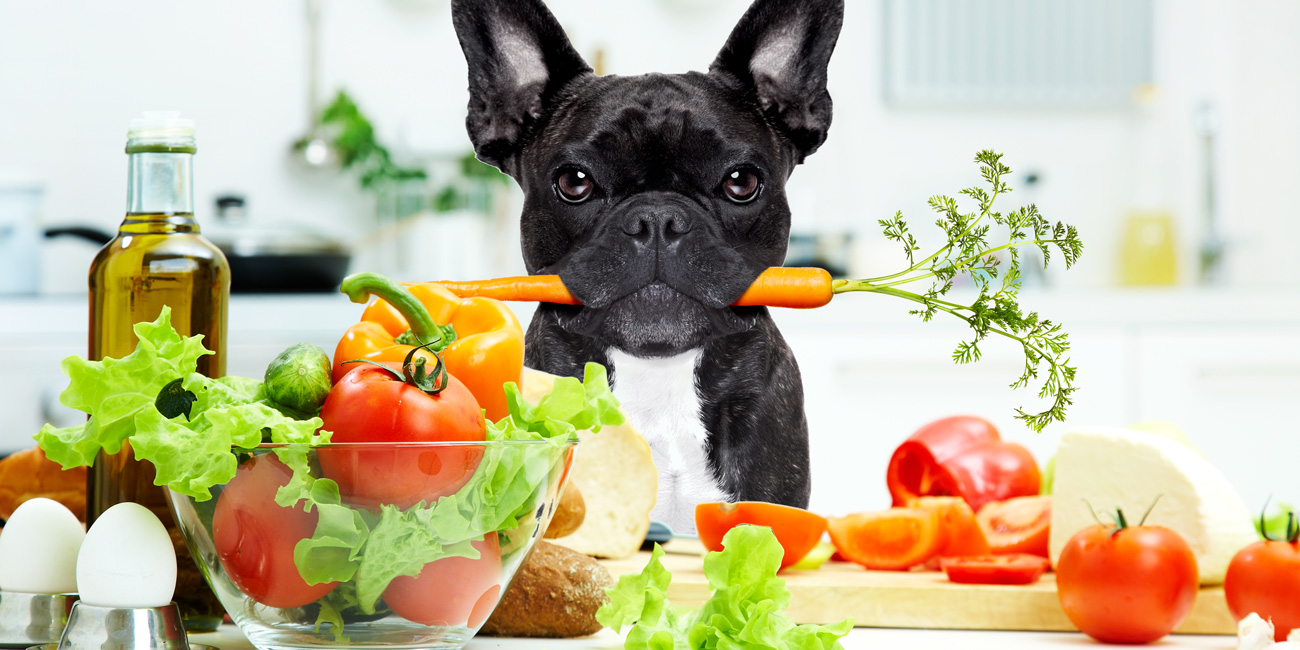
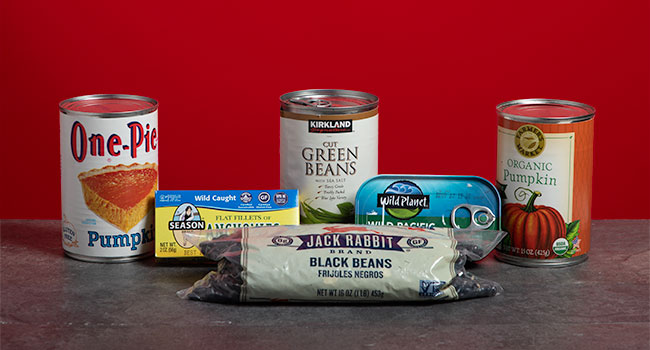
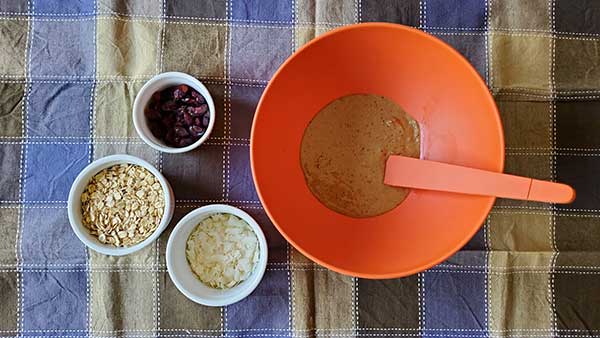
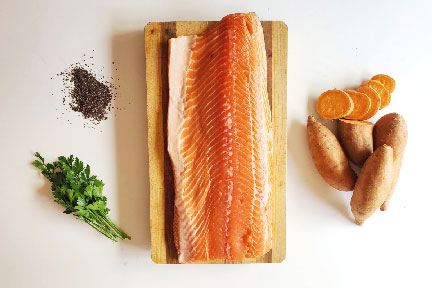
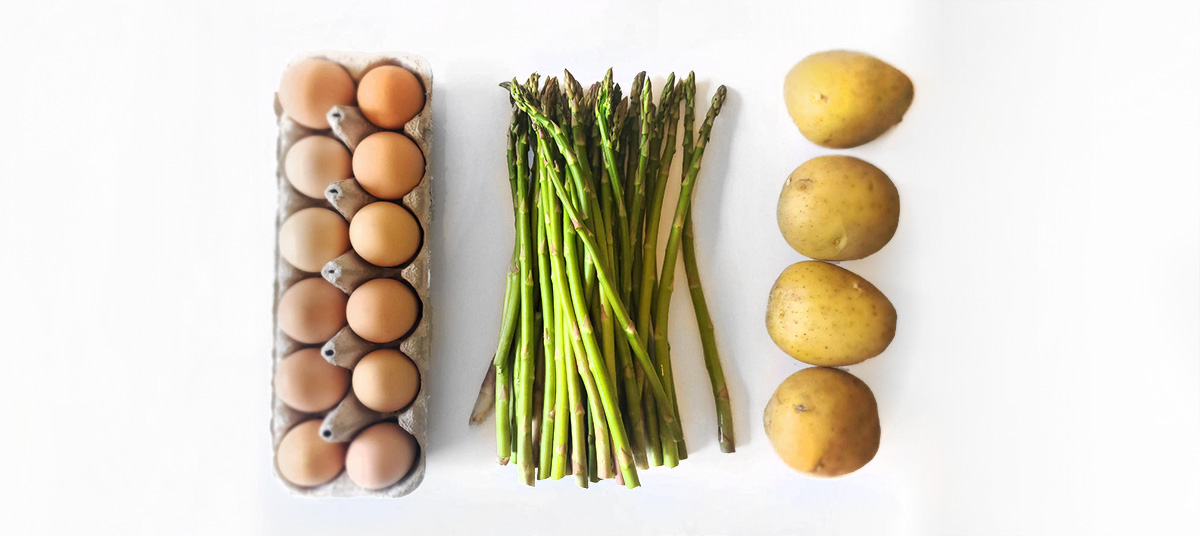
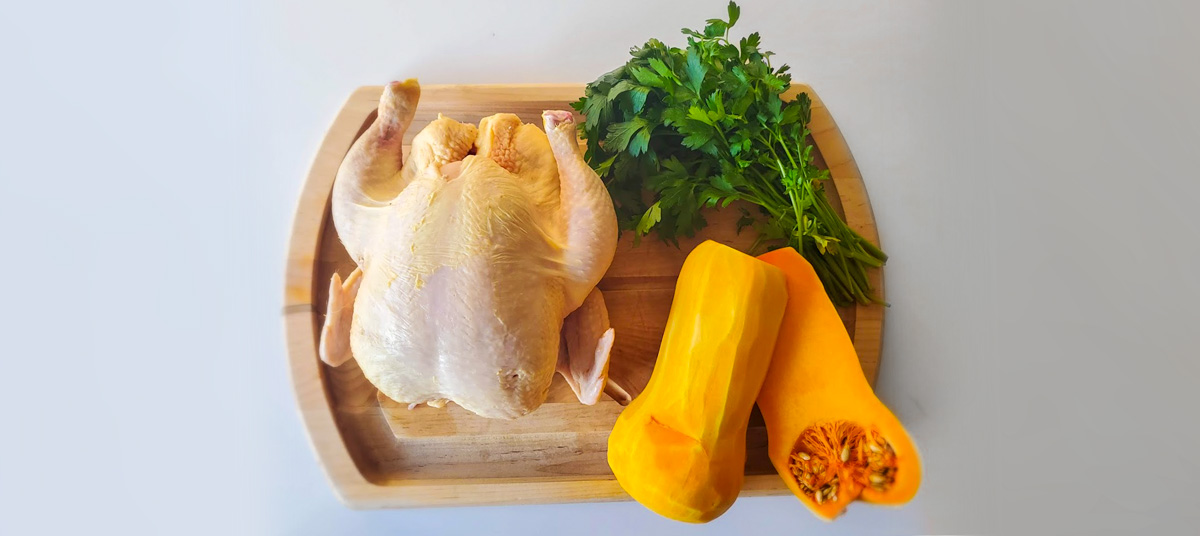
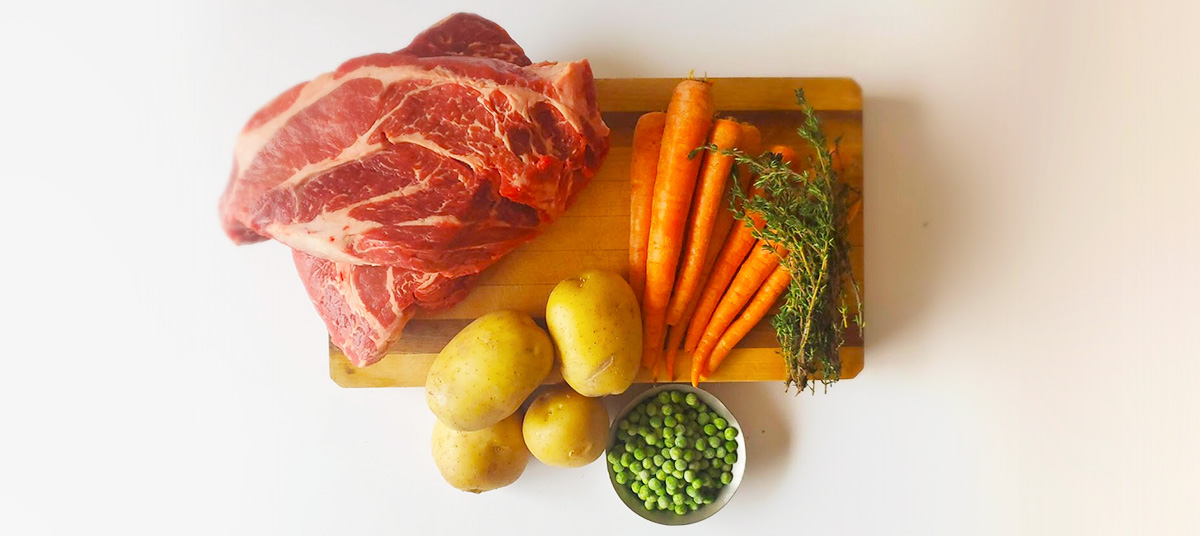
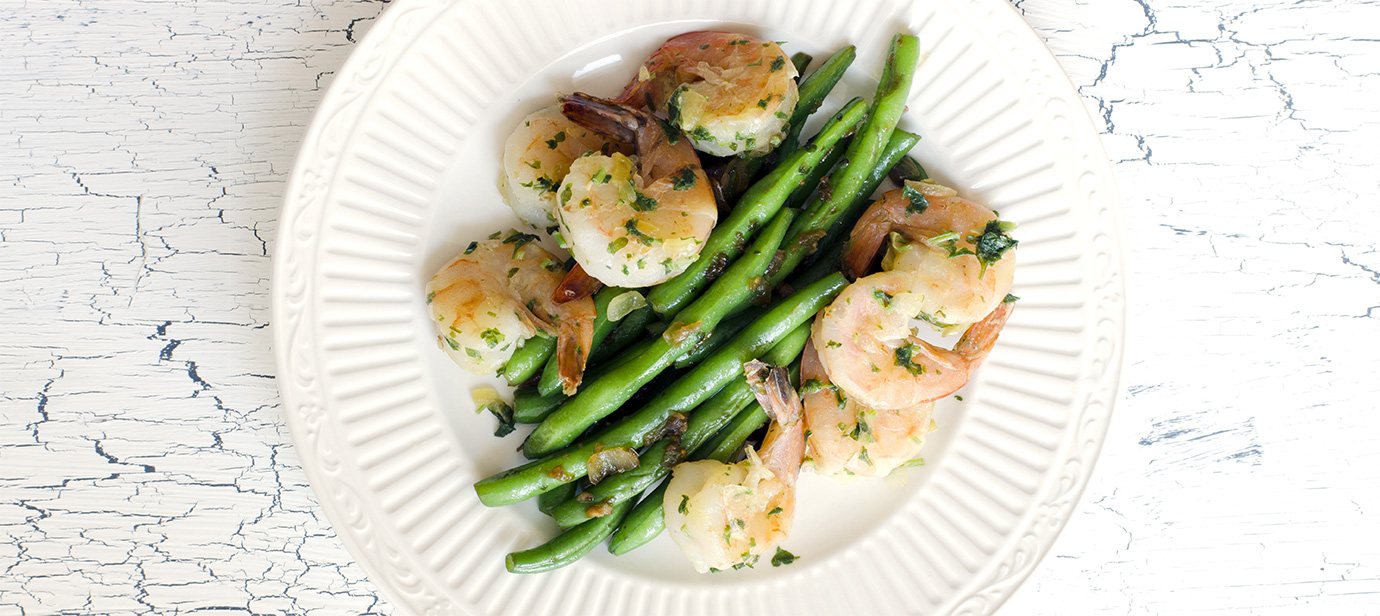
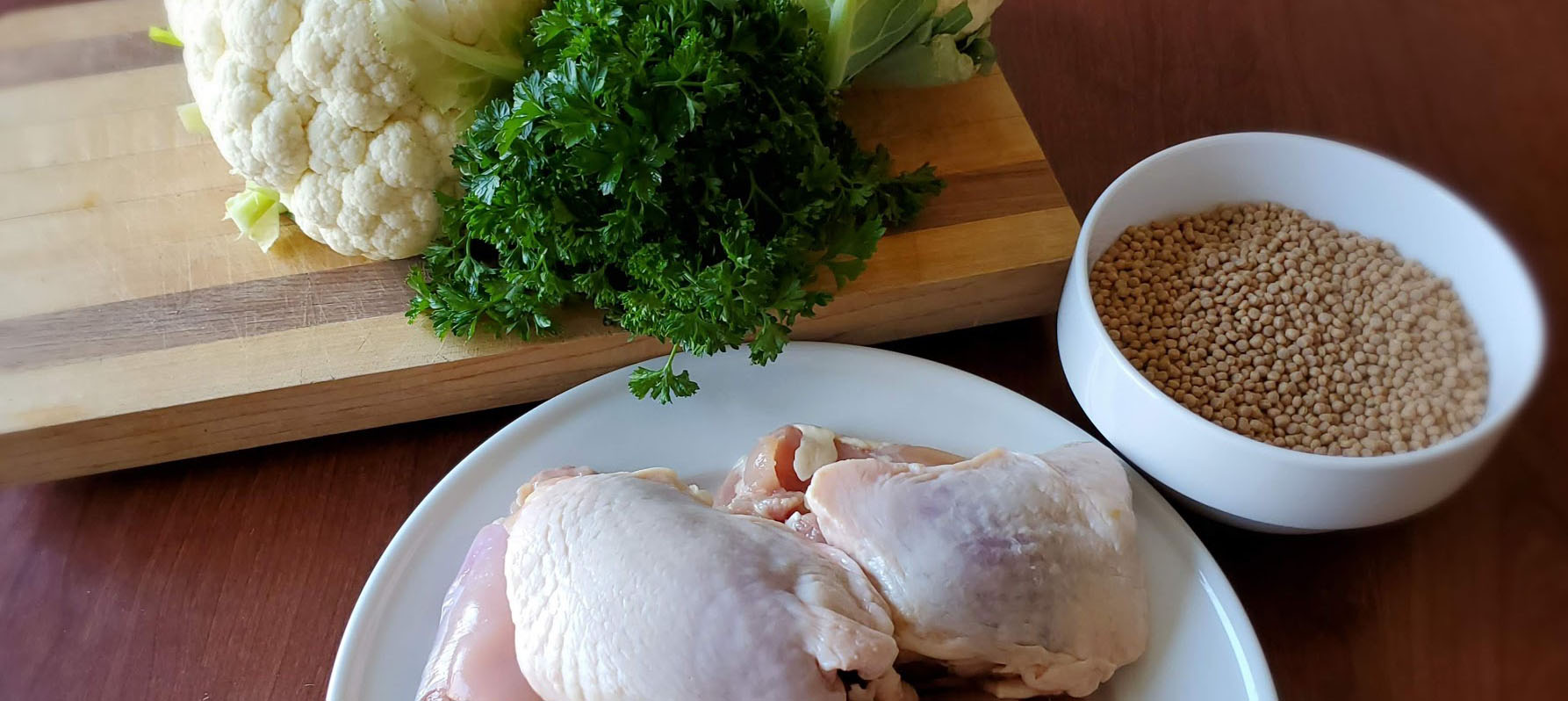
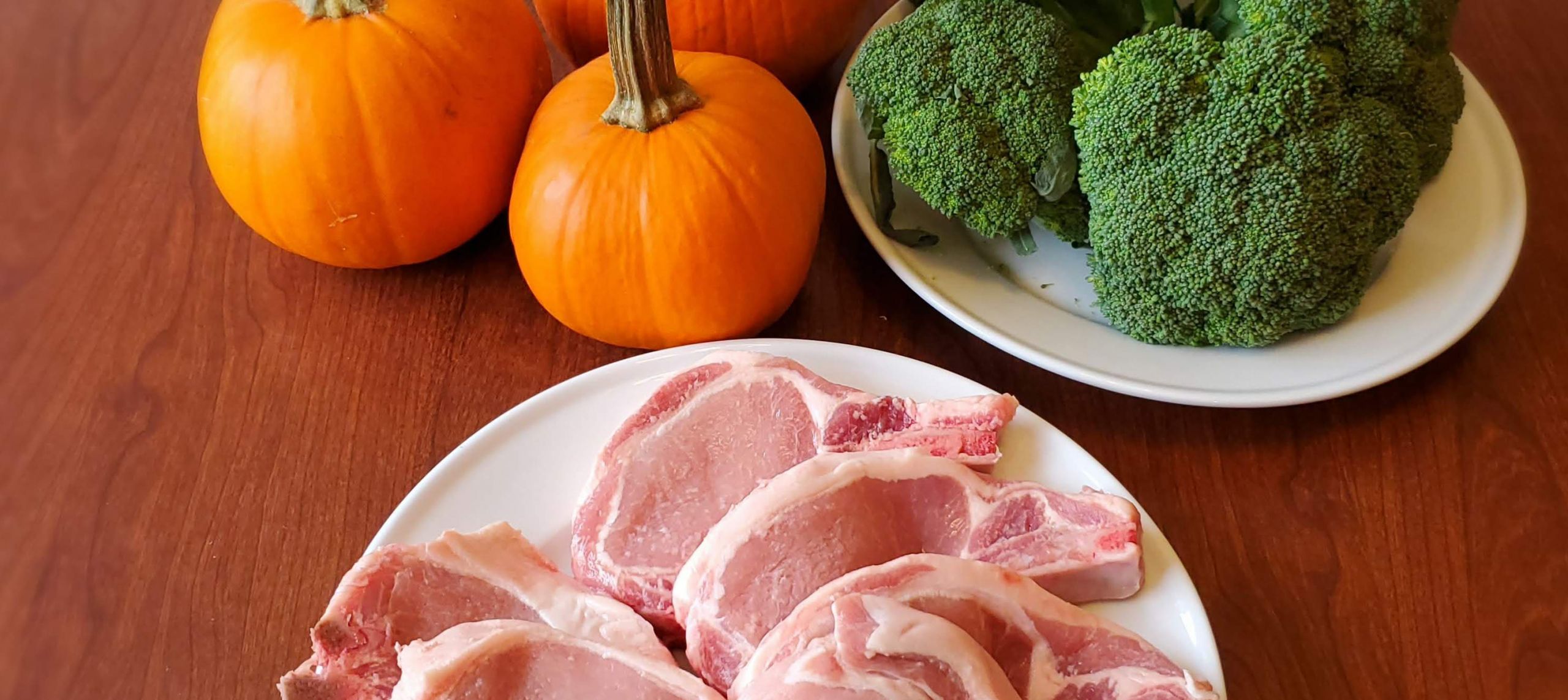
Leave A Comment